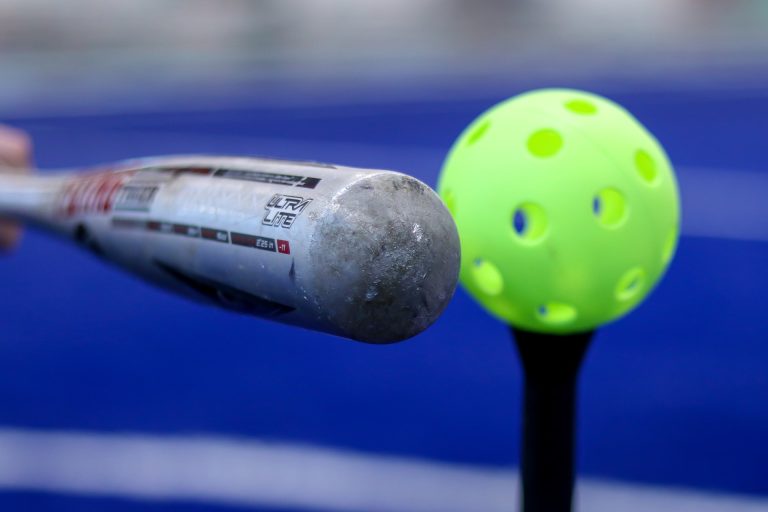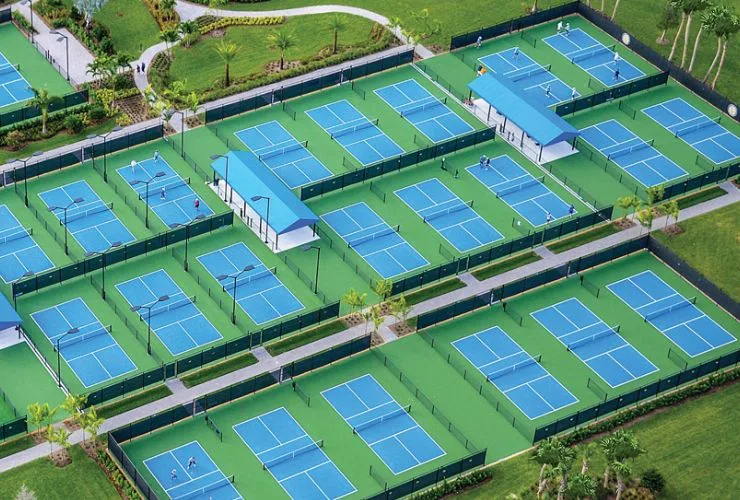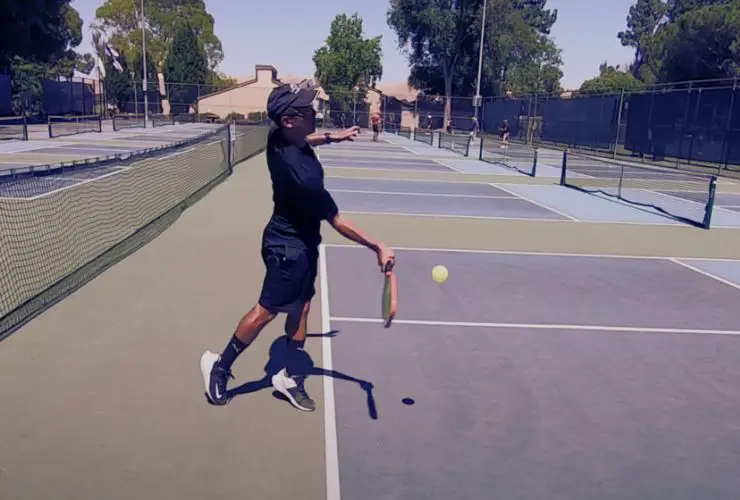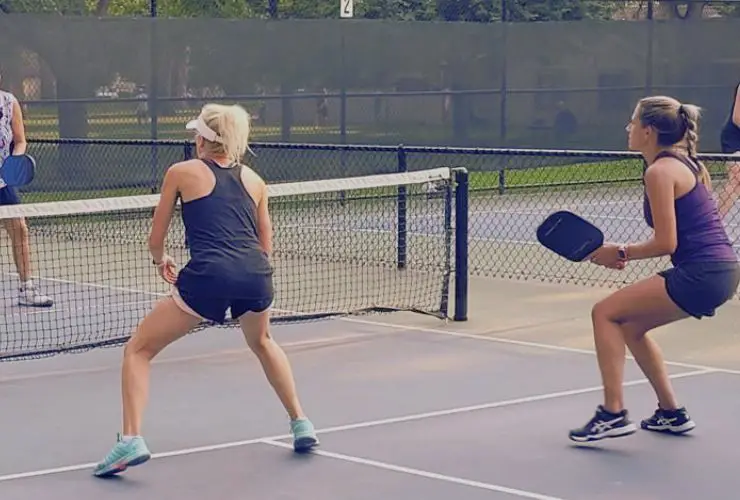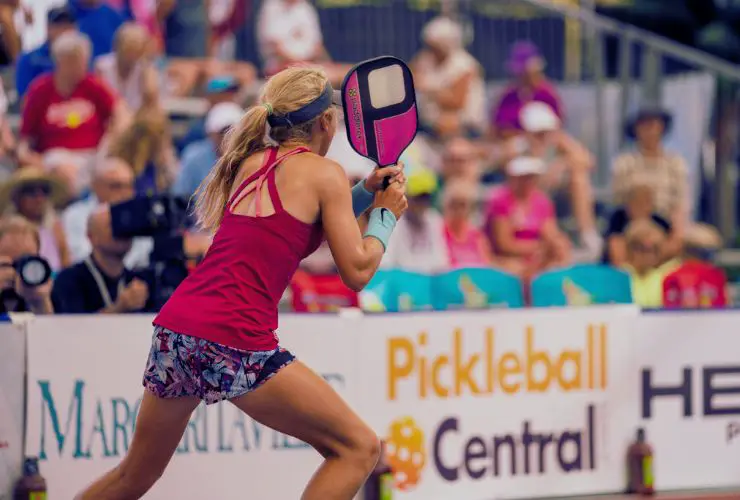What Is The Best Material For A Pickleball Paddle?
Pickleball is a popular sport that has seen a surge in popularity over the past few years. It’s a fun and easy game for all ages, but having the right equipment is essential for an excellent pickleball experience. The material of your paddle can significantly impact your game, so it’s important to know what kind of material you should look for when shopping around.
Different materials offer different levels of performance, control, and power, making them suitable for different kinds of players. Each type has its pros and cons that can help you decide which is the best fit for you. With so many types available, it’s essential to research before choosing the suitable material for your pickleball paddle!
What Is The Best Material For A Pickleball Paddle? Polymer is a unique material used to make pickleball paddles since the late 70s. It’s well suited for pickleball paddles because it is lightweight, durable, and shock-absorbent. Polymer is highly resilient, making it ideal for players who prefer a softer feel when hitting the ball. In addition to its superior playability, polymer materials are often less expensive than other paddle materials on the market.
When looking for the best material for a pickleball paddle, it’s essential to consider factors such as player preference and budget. The polymer is definitely worth considering for those who want a lightweight paddle with superior power and control. Its resilience also makes it an excellent choice for players who value comfort during long rallies or intense matches.
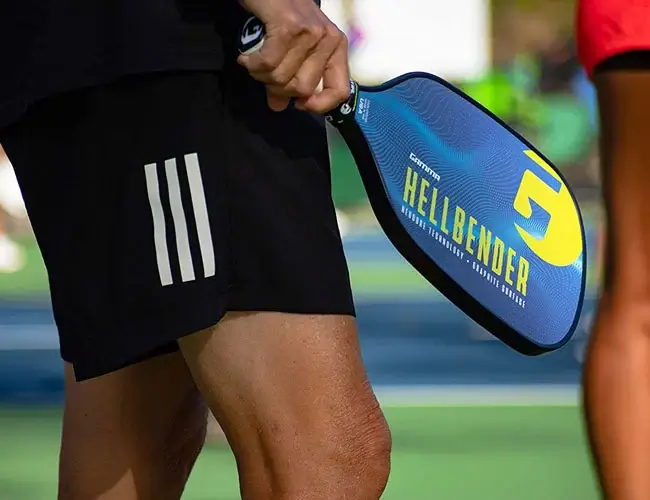
What Is The Best Pickleball Paddle Made Out Of?
When looking for a pickleball paddle, many people are drawn to the traditional wood or fiberglass options. However, another, less-known material can be just as effective: polypropylene honeycomb core.
A polypropylene honeycomb core is made from a series of intersecting circles filled with plastic pellets. This creates a sturdy and responsive paddle that is ideal for slow-pokes and spinners.
Because polypropylene honeycomb is so durable, it can also take a beating. For example, if someone accidentally steps on their paddle while playing, the honeycombs distribute the impact more evenly than other materials.
This makes polypropylene honeycomb cores perfect for people who frequently step on their paddles or play in hard-to-maintain environments.
Is Graphite Or Wood Better For Pickleball Paddles?
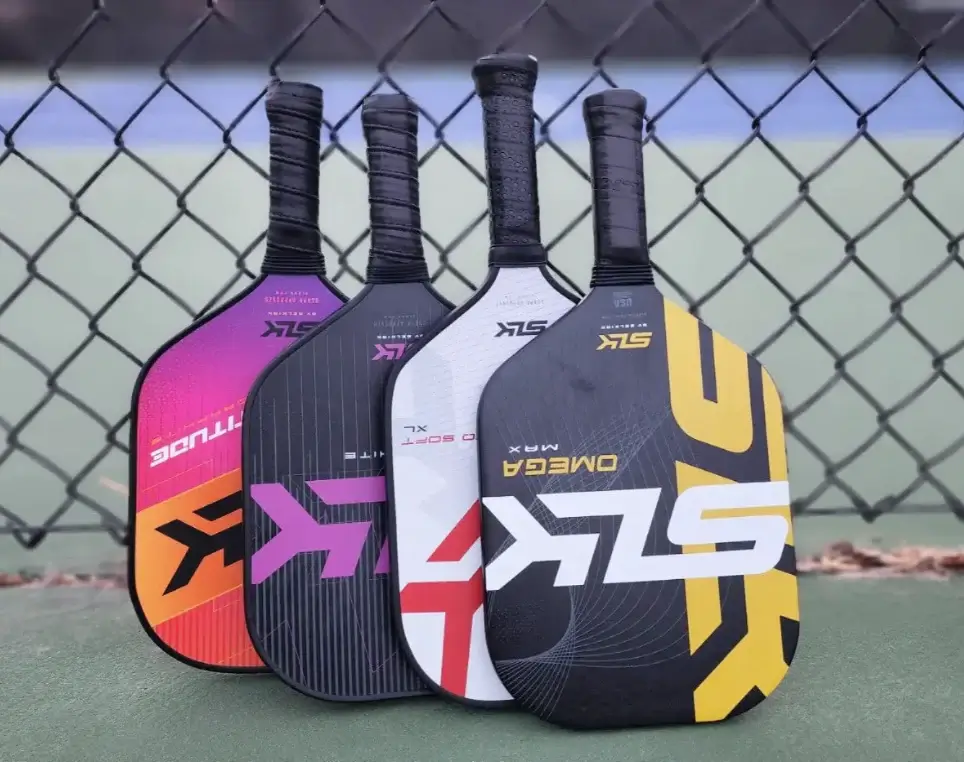
Graphite paddles are often considered to be better for Pickleball because they have a softer feel, making them more forgiving. However, there is some debate about whether wood paddles are better. Some argue that wood has a more rigid surface, making it easier to hit the ball squarely.
Others say that the differences between wood and graphite are minimal and that either type of paddle can be used successfully. Ultimately, what is most important is finding a pickleball paddle that feels comfortable and gives you the accuracy and power you need to win games.
Frequently Asked Question
Is A Heavier Or Lighter Pickleball Paddle Better?
A lighter paddle gives you more control but less drive. Conversely, a heavier paddle gives you less control but more power and drive. The weight of your pickleball paddle will also affect how fast the ball moves across the net.
Paddles that are too light will cause the ball to move too quickly and be difficult to hit, while paddles that are too heavy can cause fatigue and problems with balance. It is essential to find the right weight for your specific needs so that you can enjoy playing Pickleball with ease!
Are aluminum pickleball paddles any good?
When it comes to Pickleball, there are a variety of paddles available to suit different players. An aluminum pickleball paddle can be an excellent choice for players who prefer finesse and control over power. Aluminum paddles may provide less power than other materials, such as graphite or composite; however, they offer excellent control and allow precise shots.
The light weight of an aluminum pickleball paddle makes it easy to maneuver for quick play at the net while still providing ample spin on serves and returns. They also have a wide-body design that allows for more prominent sweet spots that help with accuracy when hitting off-center shots. Additionally, the surface is usually textured, which provides more grip so that your hand won’t slip even during intense rallies.
What Is The Lifespan Of A Pickleball Paddle?
In general, most pickleball paddles will last between 1 and 5 years. However, this timeframe can vary depending on the quality of the paddle and how often it is used.
High-quality paddles are typically made with more durable materials like fiberglass or carbon fiber. They can withstand more wear and tear over a longer period than lower-quality models made with wood or aluminum.
Additionally, if your paddle is used frequently during tournaments or leagues, its lifespan may be shorter than average due to the daily stress placed on the material.
Do You Flick Your Wrist In Pickleball?
Volleying in Pickleball is a skill that requires agility and finesse. When players hit the ball back and forth, they often use their wrists to flick or snap it into place. This technique is known as “flicking” your wrist.
The goal is to move the racquet quickly enough to catch the other player by surprise while also placing enough spin on the ball to stay in the play. How you hold your racquet when volleying can make a big difference in your ability to execute this technique successfully.
It’s essential to keep your grip relaxed, so your wrists can move quickly and efficiently when you need them to. Additionally, ensure you’re stepping into each shot with plenty of momentum to get maximum power from each swing of your racquet.
Conclusion
Finding the best pickleball paddle material for your playing style is a matter of personal preference. Ultimately, it would be best if you choose whichever paddle material will help you improve your game and make the sport more enjoyable.


